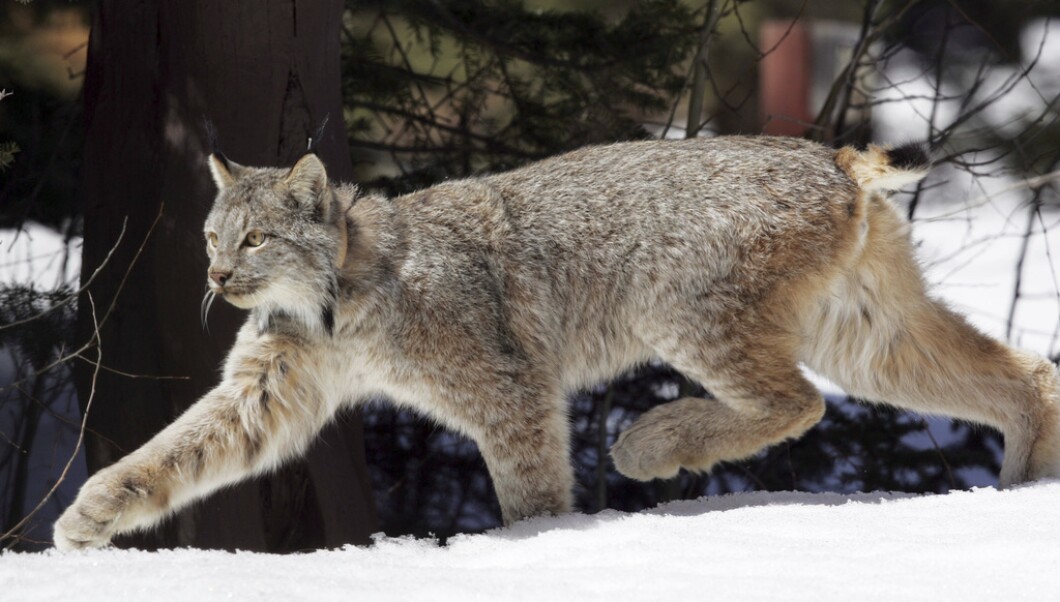
U.S. officials proposed a $31 million recovery plan for Canada lynx on Friday in a bid to help the snow-dependent wildcat species that scientists say could be wiped out in parts of the contiguous United States by the end of the century.
The proposal marks a sharp turnaround from five years ago, when officials in Donald Trump´s presidency said lynx had recovered and no longer needed protection after their numbers had rebounded in some areas. President Joe Biden´s administration in 2021 reached a legal settlement with environmental groups to retain threatened species protections for lynx that were first imposed in 2000.
INSPECTOR GENERAL LAUNCHES INQUIRY INTO FBI HEADQUARTERS CONTROVERSY
Populations of the medium-sized wildcats in New Hampshire, Maine and Washington state are most at risk as warmer temperatures reduce habitat for lynx and their primary food, snowshoe hares, U.S. Fish and Wildlife Service documents indicate.

But declines for lynx would be seen in boreal forests across the contiguous U.S. under even the most optimistic warming scenario that officials considered, the newly-released documents show. That includes lynx populations in the northern and southern Rocky Mountains and in the Midwest.
CLICK HERE TO READ MORE FROM THE WASHINGTON EXAMINER
The recovery plan says protecting 95% of current lynx habitat in the lower 48 states in coming decades would help the species remain viable. And it suggests lynx could be moved into the Yellowstone region of Montana, Wyoming, and Idaho, an area they don’t currently occupy, as a potential climate change refuge.
There are roughly 1,100 lynx in the contiguous U.S., spread across five populations, with the largest concentrations in the Northeastern U.S. and northern Rockies. Most areas suitable for lynx are in Alaska and Canada.





